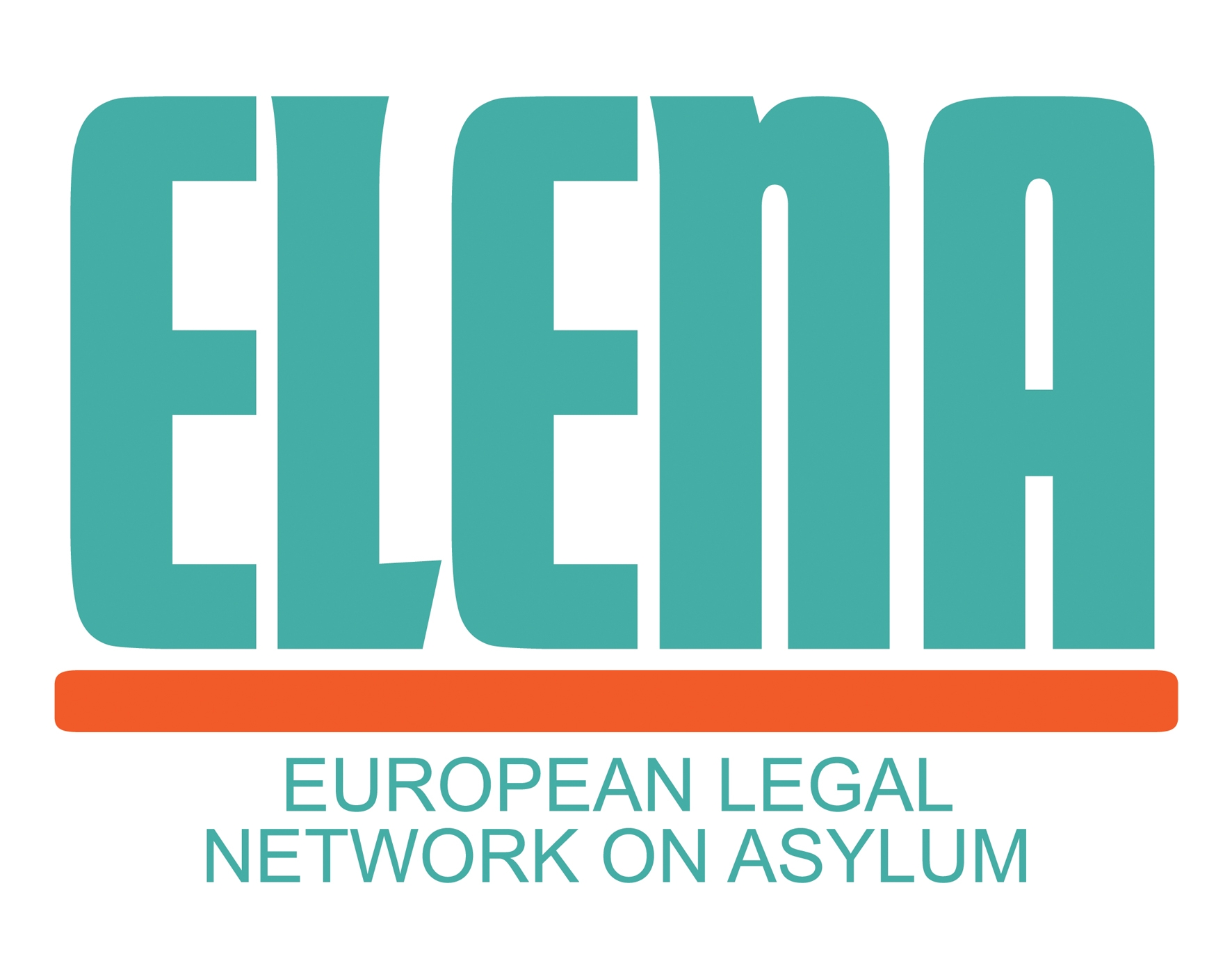On 1 August 2022, the Court of Justice of the European Union (CJEU) gave its ruling on the preliminary request for case C‑720/20 concerning the interpretation of Article 20(3) of the Dublin III Regulation (No. 604/2013). The case concerned the rejection of an application for international protection of a minor who had been born in Germany and whose application was deemed inadmissible because her parents and five siblings had obtained international protection in another Member State prior to her birth.
In the first question, the referring court asked the CJEU to clarify whether Article 20(3) of the Dublin III Regulation, which establishes that the situation of a minor who is accompanying an applicant and meets the definition of family member is to be indissociable from that of his or her family member, should be understood as applicable in a situation where a minor child and her parents lodged applications for international protection in the same Member State, but the parents already enjoy international protection in another Member State.
Firstly, the CJEU held that the wording of Article 20(3) refers to the situation of a minor who is accompanying a family member with applicant status, which cannot be compared to the situation of a minor accompanying a family who is already a beneficiary of international protection. The Court stated that this is because if it is an applicant’s family it is presupposed that the minor would then be included in the procedure initiated with regard to their family members. However, this is not the case if the family already enjoys international protection in a different Member State as, according to the ruling, the application by analogy would consequently mean that the minor would be subject to a transfer decision without a procedure for taking charge being initiated for that minor in another state. Additionally, the Court held that accepting this interpretation would leave the Member State which granted international protection to family members prior to the birth of that minor being faced with such a transfer decision, even though it was not informed of that decision and was not able to recognise its responsibility for the examination of that application.
Secondly, the CJEU emphasised that Article 9 of the Dublin III Regulation already refers to those family members of beneficiaries of international protection, whose application can be examined by the same Member State but only provided that the persons concerned express their desire in writing and, therefore, this precludes the application without the explicit consent of the applicant for international protection. The Court further acknowledged that the prevention of secondary movements and the principle of family unity, even though these are objectives pursued by the Dublin III Regulation, cannot justify a different interpretation. The Court concluded that there is no application by analogy and that Article 20(3) of the Dublin III Regulation only applies as long as the family members are applicants. Consequently, the Court held as in this case there was no written consent, no Member State is designated as responsible and the first Member State in which the application for international protection was lodged will be responsible for examining it, even if it is not the same Member State that was responsible for examining the asylum applications of the family members now beneficiaries.
Finally, the Court addressed whether it is possible the interpretation by analogy of the inadmissibility of an application for international protection of a minor where it is not that minor herself, but her parents who are beneficiaries of international protection in another Member State. The Court pointed out that the list of the inadmissibility situations is exhaustive and must be interpreted strictly. Therefore, the Court ruled that the interpretation cannot be extended to applicants for international protection who are not beneficiaries of the protection themselves. In conclusion, the CJEU clarified the application in the case at hand could not be unadmitted as the situation of such a minor is not comparable to that of an applicant for international protection who is already a beneficiary of such protection granted by another Member State and thus any analogy is precluded.

